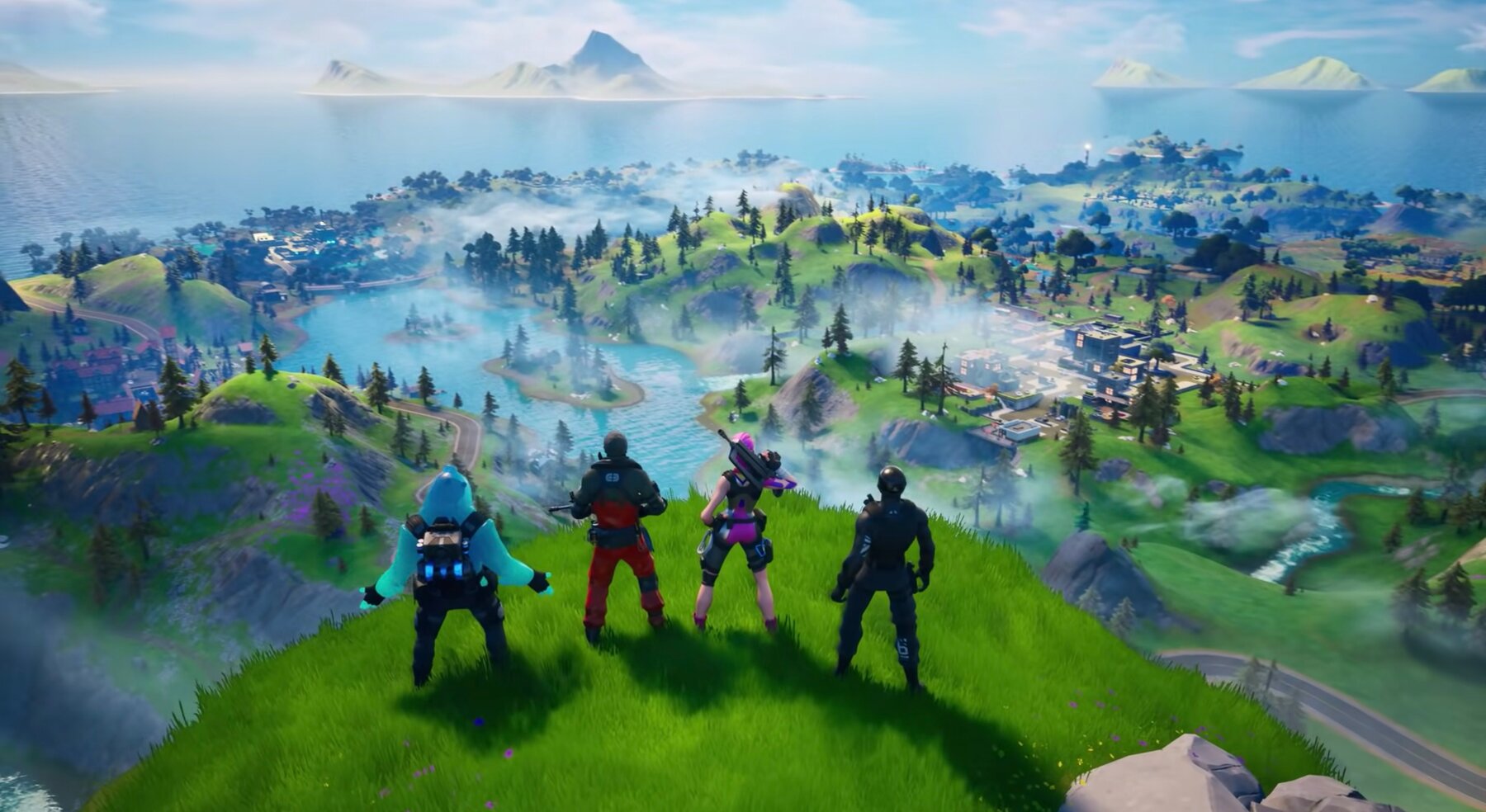Table of Contents Show
What do BTS, the Predator, Iron Man, and Travis Scott all have in common? In some way, shape, or form, they have all been collaborated with and been represented in the video game “Fortnite.” When one thinks of “Fortnite,” they usually have at least two associations attached to it. One of these is its notoriously young player base, and the other is most likely a vague impression of soft, doughy, brightly-colored graphics.
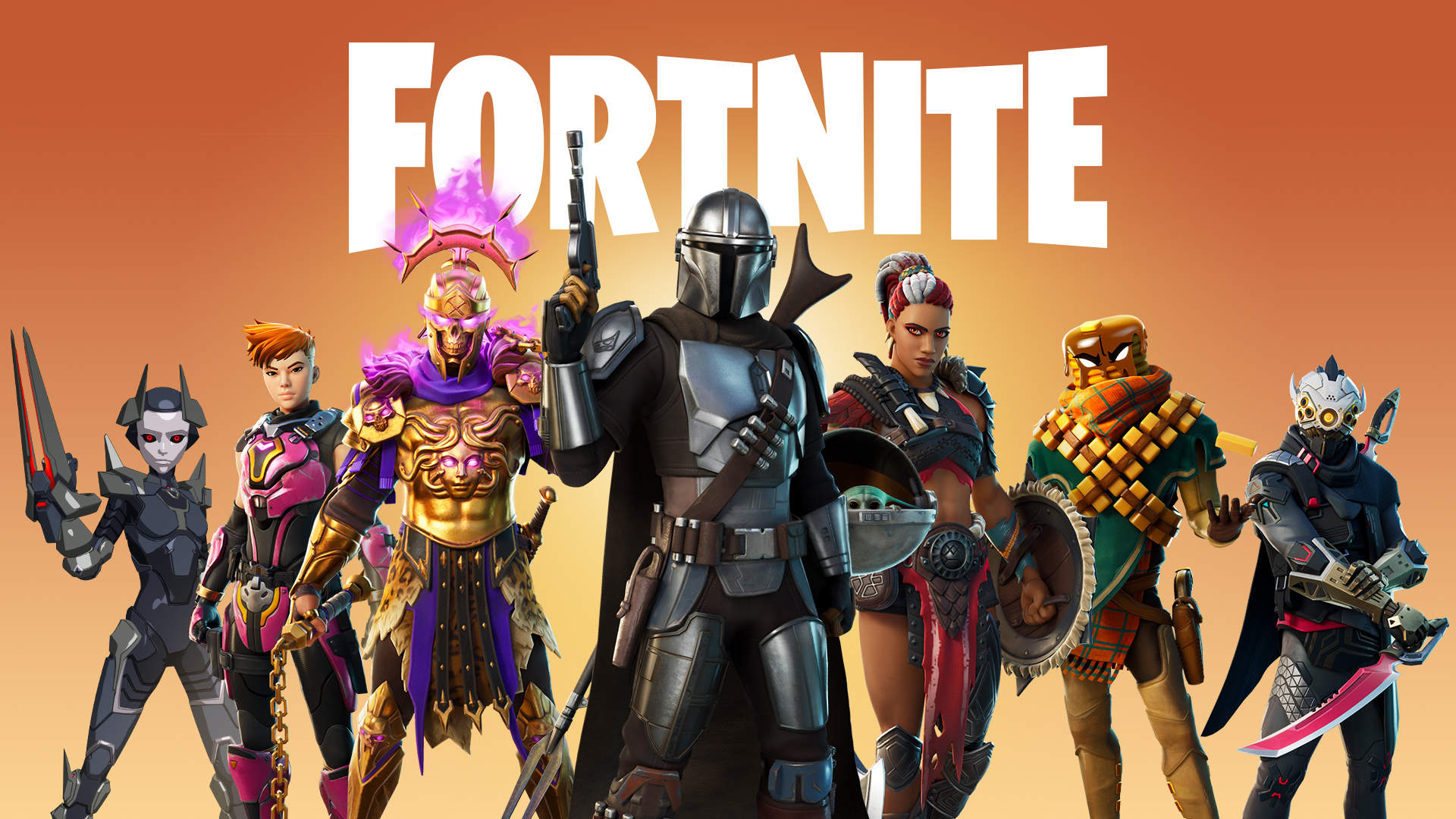
These two aspects of the game alone that have been most frequently depicted in the media make it a none-too-interesting phenomenon for the casual or competitive gamer who hasn’t played it yet, and even to some who have. But “Fortnite” isn’t the immature, unsophisticated video game that it’s often made out to be. In fact, with each new update to its content and gameplay, the future of “Fortnite” and even the future of video games, in general, seems to become brighter and more limitless.
What Exactly Is “Fortnite?”
“Fortnite” — developed by Epic Games — has multiple game modes under its umbrella brand, the most popular and well-known of which is its Battle Royale mode. However, while many Battle Royales currently exist today and are widely-played, such as “Call of Duty: Warzone” or “Apex Legends”, “Fortnite” remains unique since its inception due mainly to its building mechanic, which has become essential to its gameplay and its players’ skillsets. This building mechanic allows players to erect their own offensive and defensive structures at their whim, to literally build and shape the environment around them as they see fit in the midst of combat. However, this unique mechanic has remained largely unchanged since “Fortnite’s” advent. Content-wise, what truly distinguishes “Fortnite” not only as a Battle Royale but a video game, is its storytelling.
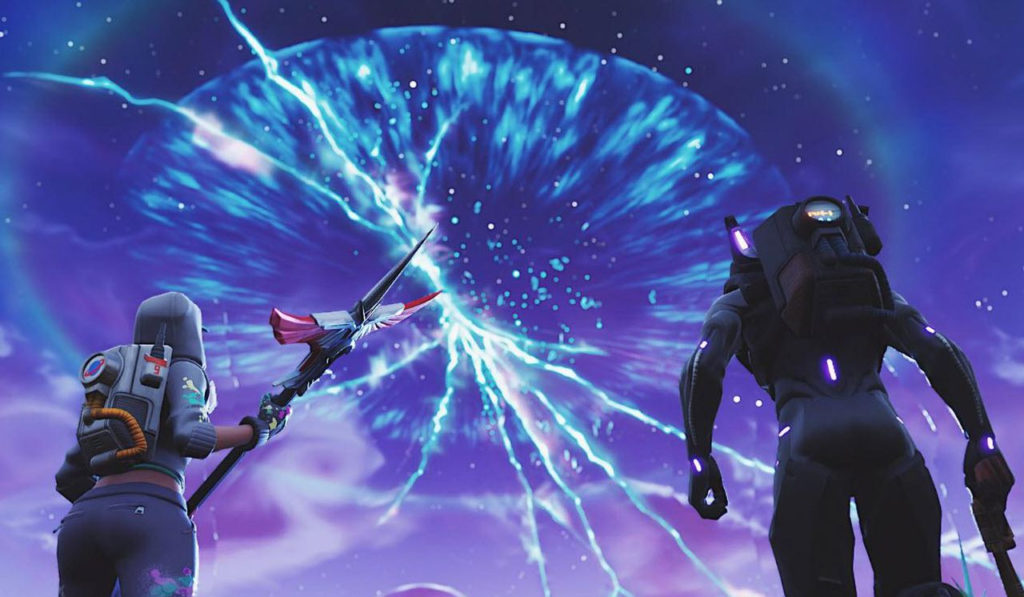
“Fortnite’s” ongoing story is broken up into chapters and seasons. The game is currently in Chapter 2, Season 5 right now. Each season, especially recent ones, has helped develop an in-game “story” of the “Fortnite” universe, with a general theme for the season that dictates the changes made to the game for that period of time. Oftentimes, these seasons end with live in-game events to bring the “narrative” arc of the season to a close and tease further developments within the universe. These events are the primary drivers of the game’s storyline and offer an unparalleled, uniquely-rewarding experience to players that is almost incomparable to other gaming experiences.
One such event titled “The Device” occurred this past June, during which a “boss” character for that season unleashed a machine on the “Fortnite” island that been visibly under construction in-game for weeks prior. Events such as this one are thoughtfully-planned to offer players new, exciting experiences and tend to be teased throughout the season to build anticipation. “The Device” in particular showcases some of the best qualities and possibilities for events.
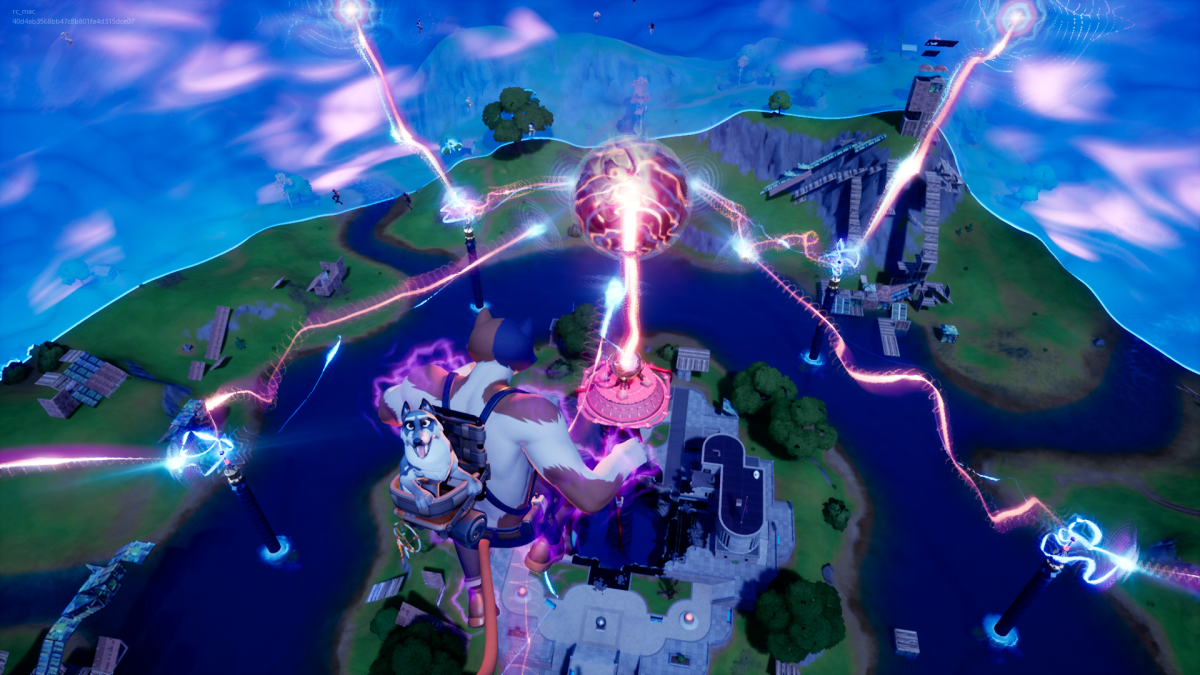
It immersed players in a rapid, surreal series of events, from floating in the air above a massive, lightning-spewing machine to a dramatic fullscreen fade to a first-person view of the environment, a shocking transition from “Fortnite’s” normal third-person perspective. It had a dramatic impact not only on the season’s story but on the map and gameplay as well; changing the Storm that forces players into consecutively smaller regions of the map into a giant tidal wave with various new physical and visual properties. And this event, in particular, gave a new glimpse into the game’s overarching storyline, pulling the veil back enough to totally change how players perceive the “Fortnite” universe and what goes on within it.
It is because of these events and the overall stories being actively developed and told that players are able to become invested in this Battle Royale in a time when so many similar games are marketed and played. “Fortnite” promises not only quality gameplay but a carefully and thoughtfully curated story to continually refresh the backdrop of the game and contextualize updates to the game’s content with each season. For a video game initially designed only to be another player vs. player (PvP) shooting game, it is especially this increasingly detailed synchronization of both story and daily gameplay that shows “Fortnite” is carrying itself forward into the future with prescience and ambition.
The Real World Bleeds Into “Fortnite”
Cinematic, interactive events aren’t limited to the end of seasons, however. And the storytelling isn’t limited to telling the story of only “Fortnite” characters. One of Epic’s most impressive and valuable skills is its proclivity for collaborations with intellectual properties and real-life public figures outside of “Fortnite.” For example, last winter, a small-scale Star Wars event promoting the Rise of Skywalker movie occurred in-game. In the wake of the event, several Star Wars skins such as Rey Palpatine and Kylo Ren were added to the in-game item shop, allowing players to purchase and don these famous characters’ visages in-game.
While not all collaborations have had in-game events such as this, this is far from the only notable collaboration between “Fortnite” and pop culture icons to have happened. In-game concerts have been played by the likes of Marshmello, Steve Aoki, and other popular artists. In September, BTS debuted their dance music video for their all-English single “Dynamite” through “Fortnite’s” digital venue. And last April, Travis Scott’s collaboration took the shape of a live in-game concert, complete with special effects and cinematography that took over the entire map. This is merely a taste of “Fortnite’s” collaborations with musical icons.
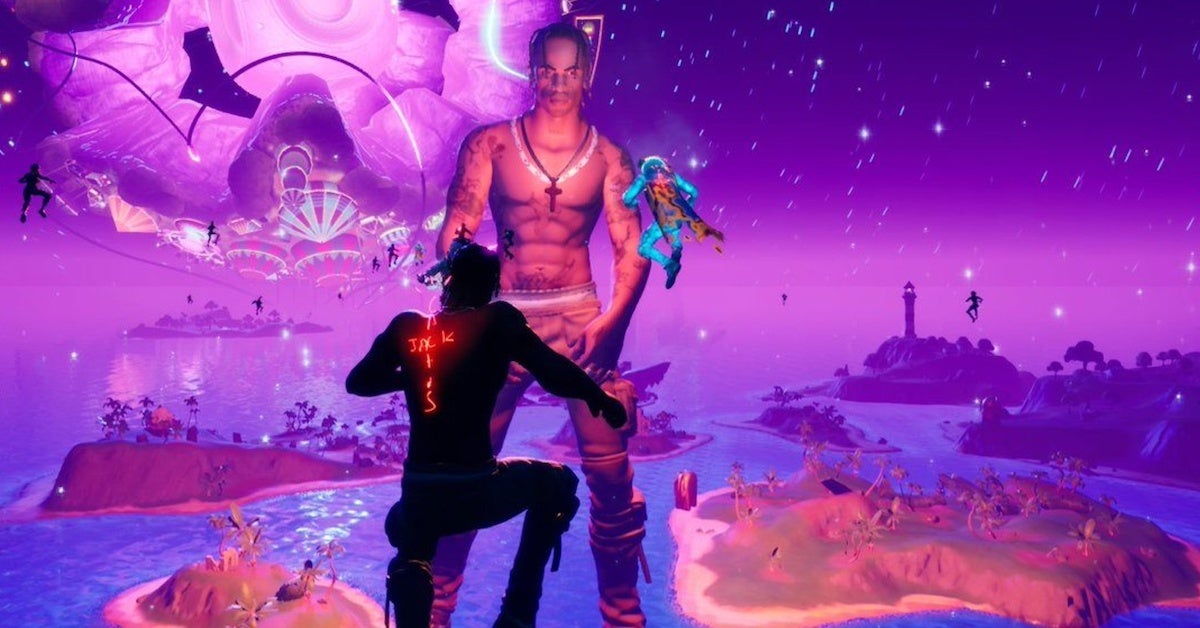
This past fall, “Fortnite” Chapter 2 Season 4 forever altered public perception of their capabilities with the advent of a Marvel-themed season. The developers went all out– from map locations based on Marvel Comics characters and settings to in-game abilities based on some of these characters, even to weekly tournaments allowing top-ranking players to win certain Marvel skins free, such as Daredevil or Ghost Rider. The Season concluded with an event widely-acclaimed and well-received by the community, during which the Marvel villain Galactus attempted to destroy the “Fortnite” island.
With the help of heroes such as Iron Man and Wolverine, players engaged in a totally immersive battle to banish Galactus from the in-game universe. Highlights of the event included a fixed-shooter segment resembling Galaga, during which players used a flying bus to shoot at drones sent by Galactus, and the rare addition of copyrighted-music, with AC/DC’s song “Demon Fire” overlaid over a portion of the event.
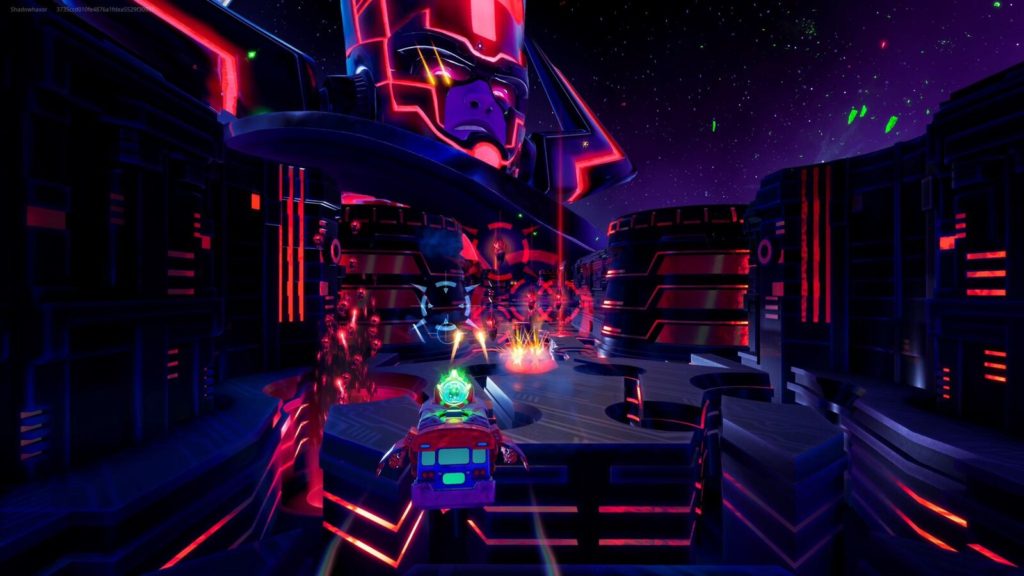
The entirety of the season again revolutionized and transformed how far players could expect Epic to go in pleasing its community, redefining gameplay, and seeking out partnerships that would enhance the gaming experience. By continuing to find new and exciting ways to collaborate with the world outside of “Fortnite,” developers at Epic Games are reshaping the perceived limits for how isolated a video game need be from other franchisees and the world beyond the game, further consolidating “Fortnite” as an inimitable, distinctive gaming experience.
Who Plays?
In December of 2018, Jimmy Kimmel hosted a segment on his late-night talk show Jimmy Kimmel Live! titled “I Turned Off the TV During Fortnite,” where parents sent in videos of themselves turning the TV off while their kids were playing “Fortnite,” to much comedic effect for the audience and much rage for the children. Back then, the game was still relatively new, only a little more than a year old, and as shown in the segment, enjoyed a notoriously young player base. Since its novelty has died down and becomes less publicized, one of the few lasting public impressions is that “Fortnite” is a game played by kids.
This isn’t necessarily a bad thing– video games generally tend to be played by children and teenagers, so ideally, a game would market itself towards a younger audience. And “Fortnite” undisputedly is played by large numbers of younger people. This is reflected in its competitive scene as well: Kyle “Bugha” Giersdorf, who won the “Fortnite” World Cup in 2019, is only 18 now. Cody “Clix” Conrod, another talented and recognized pro player, is only 16. Many other cases like these are found in the competitive and casual player pool, which means the generalization that kids play “Fortnite” isn’t that far off.
But in truth, the game is enjoyed by a much wider demographic than one might expect. In 2018, a study carried out by Verto Analytics found that while 62 percent of surveyed players are indeed aged between 18 and 24, 47 percent responded as older, with almost half of that percentage belonging to the 25 to 34 age demographic (( Zaidi, Amina. “Chart of the Week: A Deep Dive into Fortnite – Verto Analytics.” Verto Analytics, May 23, 2018.” )). Furthermore, the addition of more dated and “mature” franchises into the game, such as the Terminator, Predator, and Tron skins, would more sensibly appeal to older audiences, who are more familiar with these characters and their histories.
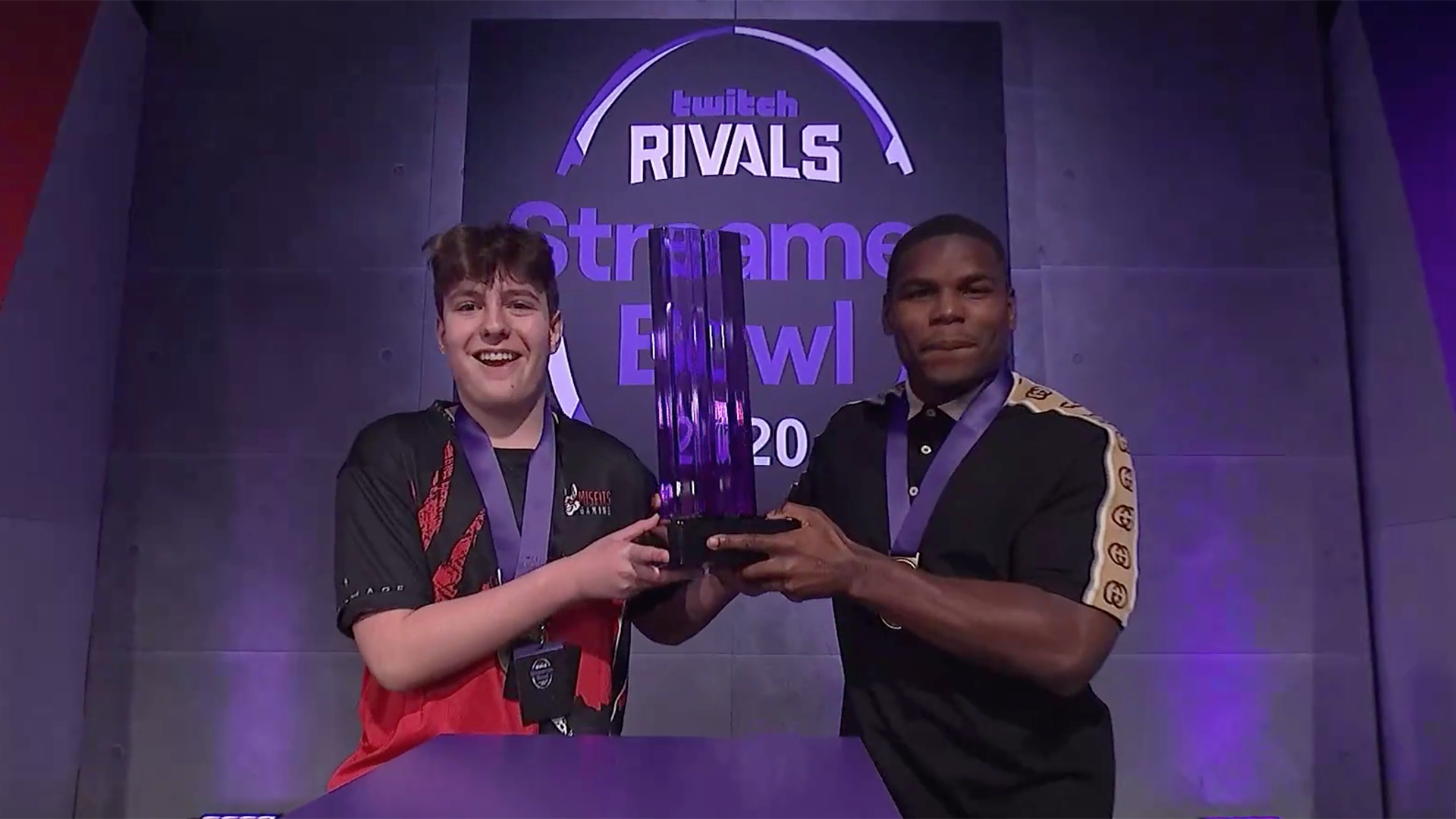
And just earlier this February, streaming service Twitch partnered with “Fortnite” to host the second annual Twitch Rivals Streamer Bowl. The event partnered thirty Twitch streamers, thirty “Community Champions” players who had competed in a tournament earlier on to qualify for the event, and thirty NFL players in trios to play in a tournament against each other. Many of these NFL players also stream themselves playing “Fortnite” regularly, such as Tarik Cohen of the Chicago Bears or Jake Burt of the New England Patriots. These professional athletes and many more further help diversify the game’s player pool and deconstruct the stigma that only kids enjoy “Fortnite.” From Youtube streamers’ parents to pro athletes, people of all backgrounds and walks of life enjoy the game.
A Vision For The Future
In late December of 2019, on Twitter investment firm co-founder Will Hershey asked Tim Sweeney– Epic Games’ CEO– if he viewed “Fortnite” as a game or a platform, to which Sweeney replied, “Fortnite is a game. But please ask that question again in twelve months” (( @TimSweeneyEpic, December 26, 2019 )). Since then, the game has engaged in various of the aforementioned collaborations and many more, as well as further fleshing out the “Creative” mode of the Battle Royale, essentially a platform that allows anyone to develop their own games within “Fortnite” using many of the same tools and motifs that developers use.
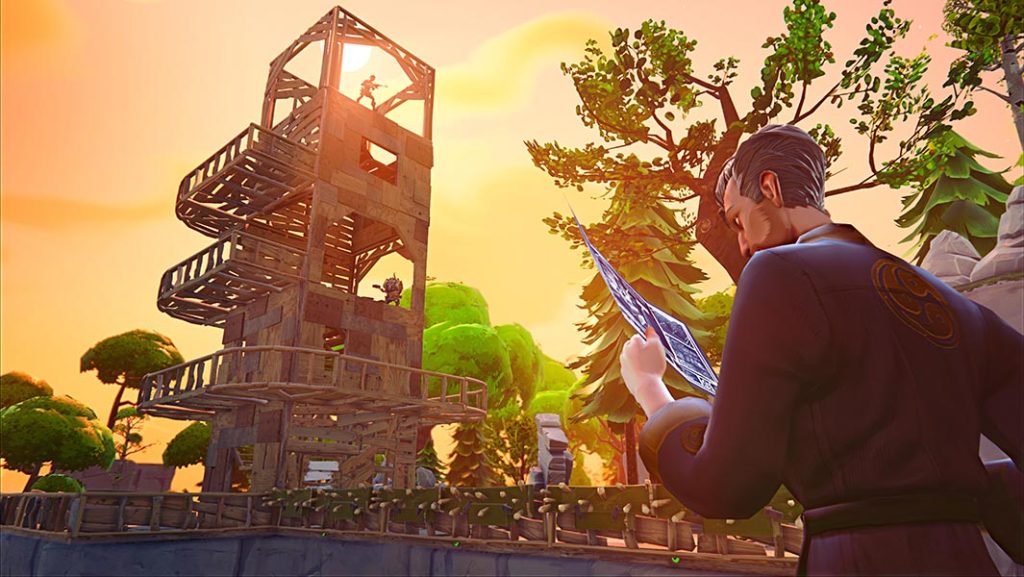
Then in an interview with GamesBeat lead writer Dean Takahashi in late January of 2021, Sweeney noted that “We need to migrate from closed economies like Fortnite and Minecraft and Roblox and tens of thousands of other games to the shared world… we’re going to need to make this big move and it’s not going to be a single step right. We’re working to evolve in this direction with more and more openness by exposing more and more tools. Eventually, we’ll open up the economy. And the other games will do this too. And I hope that we can a decade from now have players playing Minecraft, Roblox, and Fortnite clients and be in the same world with the same social connections to each other” (( Tim Sweeney, “Why We Need An Open Metaverse,” interview by Dean Takahashi, Into the Metaverse, GamesBeat, January 27, 2021 )). This hope is more than consistent with “Fortnite’s” recent history of “opening up” the game, vis a vis collaborations with parties and franchises outside of “Fortnite”.
Sweeney is not the only Epic Games official who interacts with and teases the community. Donald Mustard, Chief Creative Officer at Epic, is also notorious for cryptic tweets regarding the game, such as his simply tweeting the number “7” during the Super Bowl (( @DonaldMustard, February 7, 2021 )), leading to various fan theories about the future in any given week. While Mustard’s public discourse may not be as direct as Sweeney’s, it’s clear that the officials at Epic Games have a solid, ambitious vision not only for “Fortnite” but for gaming in general. While fans of the game may only catch a glimpse of their plans and aspirations at any given time, evidence from their developmental history of the game speaks for itself in how they can deliver.
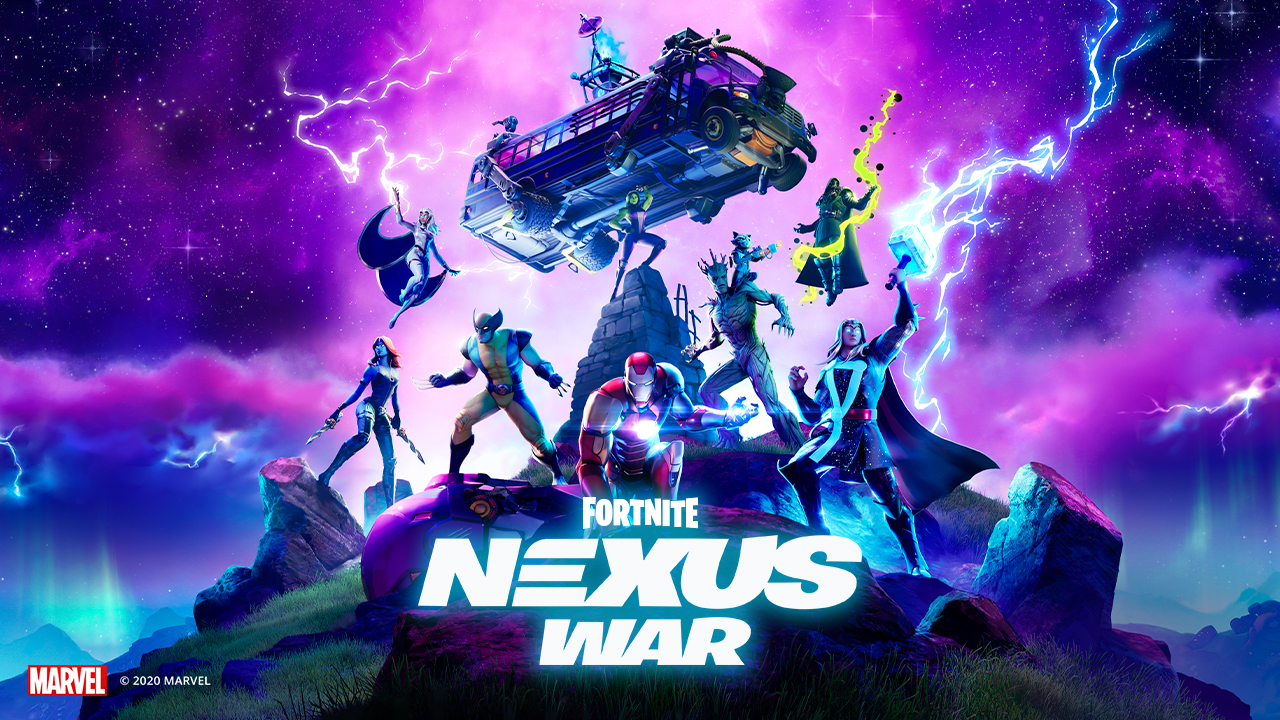
It is this strong directive for “Fortnite’s” future that makes the game so successful. Not only do the developers have a big-picture path in mind for the game, but it’s been shown that they can deliver the goods to the community not only with the larger updates they make to the game but even the smaller responses to issues and requests brought up by the community throughout the year.
Epic Games has made themselves increasingly accountable and responsive to the “Fortnite” community over time, satisfying both necessary and popular demand requests in all the aspects of the game. This dedication and accountability to their customers, the game’s unique gameplay and motifs, its strong and diverse community, and of course, their ability to expand the game beyond previously-held limits. All these factors serve to make “Fortnite” not only fun but, more importantly, a game that can stand the test of time and remain a mainstay in the global gaming zeitgeist even as technology and culture progress toward ever-more unimaginable prospects in the future.
